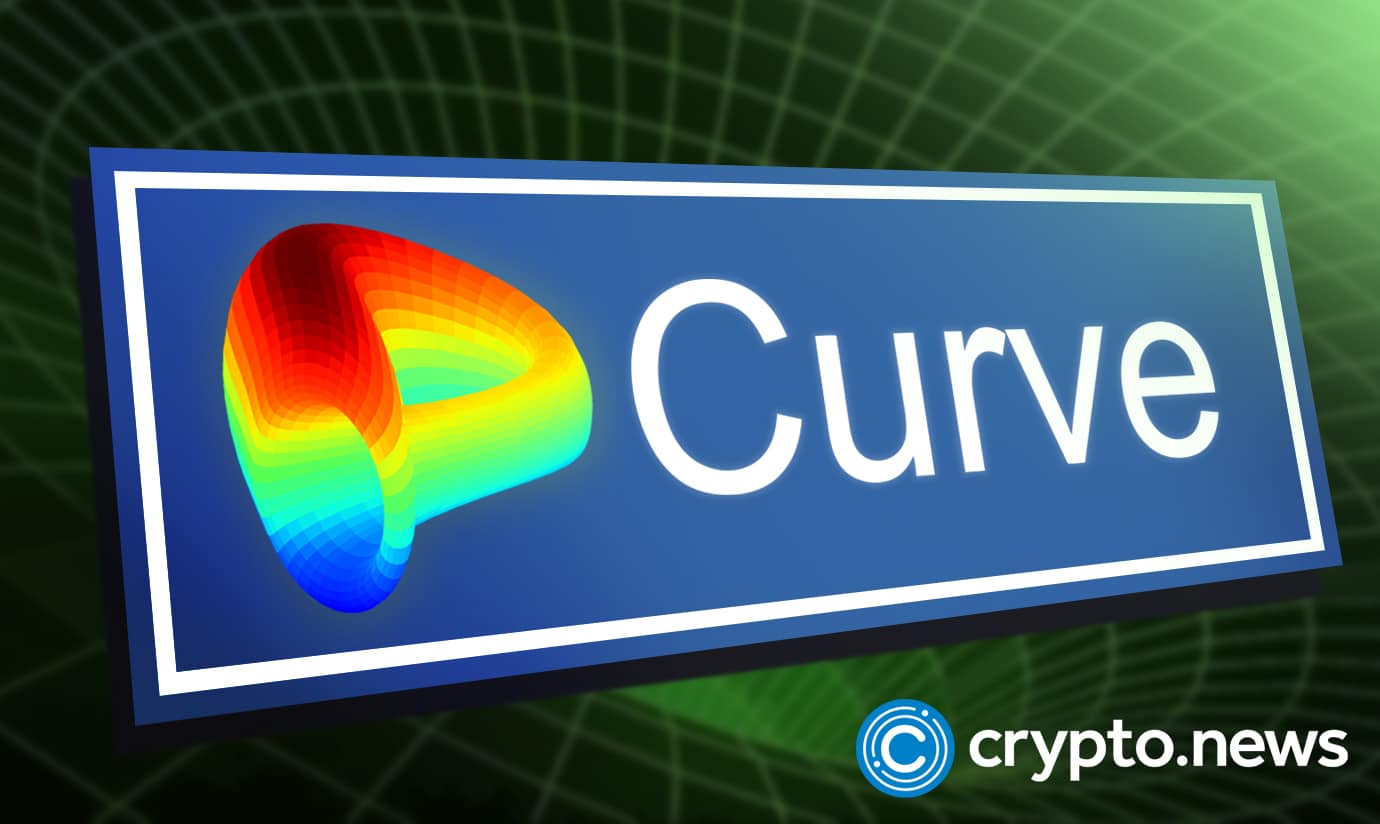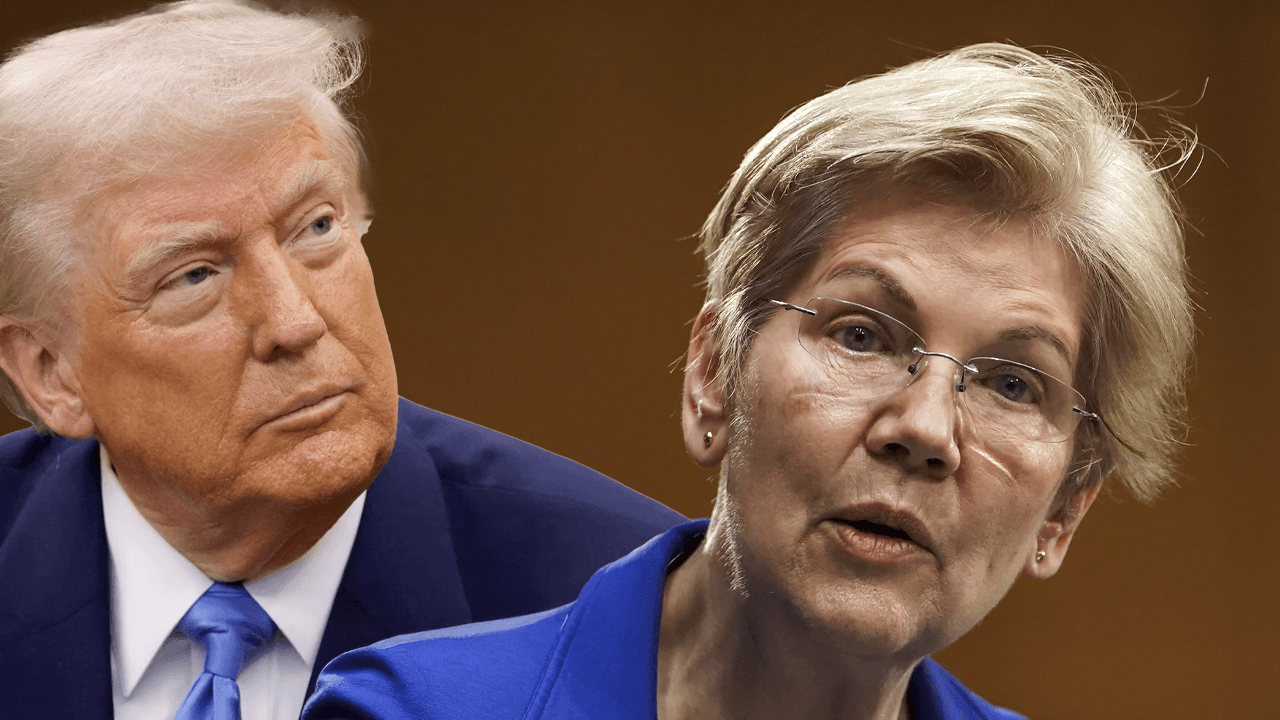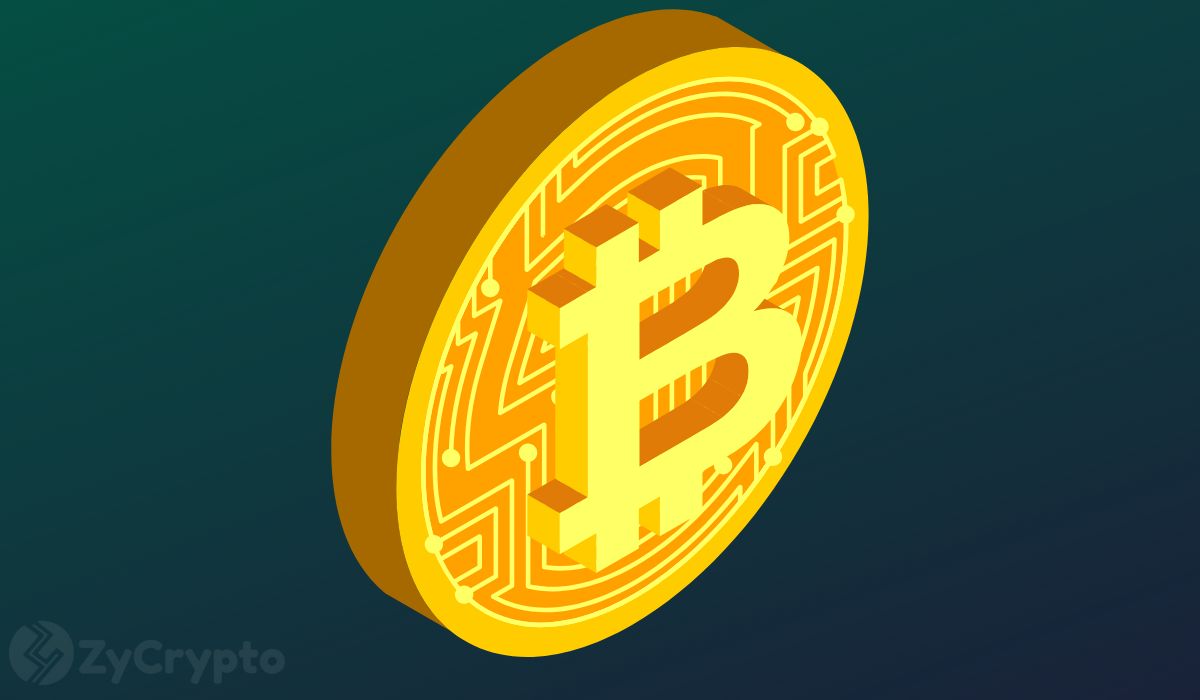
Bitcoin has seen modest upward momentum in the past 24 hours, climbing back above $83,000 following a recent correction period. The move comes shortly after US President Donald Trump announced a temporary 90-day pause on tariffs, offering a degree of relief to global financial markets. Though the asset remains down approximately 24% from its all-time high of over $109,000 set in January, its recent decline has now been trimmed to single digits on a weekly scale. This recovery coincides with increased interest from large-scale Bitcoin holders. Related Reading: Analyst Compares Trump’s Market Impact to Obama Era as Bitcoin Sees Momentum $3.6 Billion Inflows Suggest Renewed Institutional Activity On April 9, accumulation addresses—wallets associated with long-term investors that rarely distribute funds—received a notable 48,575 BTC, according to on-chain data shared by CryptoQuant analyst Burak Kesmeci. This inflow, the largest since February 2022, totaled approximately $3.6 billion in value. The timing, according to Kesmeci, is significant: it mirrors a similar event from the past, both in scale and macroeconomic backdrop. Kesmeci emphasized that these accumulation wallets typically increase holdings during market pullbacks. The April 9 transaction occurred when Bitcoin traded around $76,000, a level tested during last week’s sell-off triggered by concerns over renewed trade tensions. The volume and pattern of inflows suggest a recurring strategy among institutional or long-term market participants whereby they capitalize on corrections and accumulate during uncertainty. Interestingly, the total value of the inflows—$3.6 billion—matches that of February 1, 2022, another period marked by broader macroeconomic instability. While this could be coincidental, Kesmeci noted that the repetition of such behavior in response to macro-driven price declines may indicate a deeper behavioral trend among accumulation address holders. Massive $3.6 Billion Bitcoin Inflow to Accumulation Addresses! “Bitcoin accumulation addresses received 48,575 BTC — the largest single-day inflow since February 1, 2022. When accumulation addresses move this aggressively, it’s worth paying attention.” – By @burak_kesmeci pic.twitter.com/MVIFUcXKWz — CryptoQuant.com (@cryptoquant_com) April 10, 2025 Bitcoin Whales Increase Reserves Despite Weak Network Activity Adding to the accumulation narrative, another CryptoQuant analyst known as caueconomy noted that whale wallets—addresses holding large BTC balances—have resumed consistent buying since March. According to caueconomy, more than 100,000 BTC has been added to whale reserves in that timeframe. This comes despite the subdued on-chain activity and a visible pullback in retail participation. The distinction between investor profiles has become clearer in recent months. While smaller investors appear to be withdrawing amid heightened market uncertainty, large holders are taking advantage of lower prices to strengthen their positions. Related Reading: Bitcoin Battles Tariff Turmoil: Can the 2-Year Realized Price Hold the Line? The strategy, according to caueconomy, aims to reduce average acquisition costs and position for long-term gains. This divergence in behavior may not translate to immediate price shifts but could set the stage for a more pronounced upward move once broader sentiment recovers. Featured image created with DALL-E, Chart from TradingView
NewsBTC
You can visit the page to read the article.
Source: NewsBTC
Disclaimer: The opinion expressed here is not investment advice – it is provided for informational purposes only. It does not necessarily reflect the opinion of BitMaden. Every investment and all trading involves risk, so you should always perform your own research prior to making decisions. We do not recommend investing money you cannot afford to lose.
Can Quantum Computing Break Bitcoin? Project Eleven Puts It to the Test

Project Eleven, a quantum computing research organization, has announced the Q-Day Prize – a global challenge offering 1 Bitcoin to the first team or individual who can use Shor’s algorithm on a quantum computer to break part of an elliptic curve cryptographic (ECC) key. The competition began on April 16, 2025, and will run until April 5, 2026. The main objective is to assess the real-world risk that quantum computing poses to Bitcoin’s cryptographic security. The challenge specifically targets the Elliptic Curve Digital Signature Algorithm (ECDSA). Global Quantum Challenge According to Project Eleven’s tweet , more than 10 million Bitcoin addresses have exposed public keys, potentially putting an estimated 6.2 million BTC, worth approximately $500 billion, at risk if quantum computing capabilities continue to advance. The Q-Day Prize aims to move the discussion around quantum threats beyond theoretical speculation by encouraging a practical demonstration of vulnerability. Participants must run Shor’s algorithm solely on a quantum computer, without assistance from classical computing methods. Even breaking a few bits of a Bitcoin key would qualify as a valid proof-of-concept and could indicate that full key recovery is plausible with future technological improvements. Project Eleven stated that no real-world ECC key has ever been cracked to date. The initiative comes amid notable progress in the quantum computing sector. Google’s ‘Willow’ chip, for example, recently performed a computation in five minutes that would take traditional supercomputers an estimated 10 septillion years. Other firms, including IBM, Amazon, and Microsoft, have also made advancements in quantum hardware, and access to quantum processors is increasingly available via cloud services. PsiQuantum, another major player in the field, raised $750 million in early 2025, citing developments in photonic chip design and improvements to quantum algorithms such as Shor’s. While industry experts do not consider the quantum threat to Bitcoin to be imminent, Project Eleven’s initiative seeks to quantify that risk through open experimentation. The Great Quantum Debate The quantum computing debate isn’t new. Earlier this year, CryptoQuant identified it as an emerging risk, especially in areas like mining and private key protection. The debate reignited after a November NIST report warned that certain algorithms vulnerable to quantum attacks will be phased out within five years. While some voices, such as ‘Bitcoin Isaiah’ on X, advocate for urgent preparation, others like Blockstream CEO Adam Back maintain that Bitcoin’s encryption should hold firm until around 2035. The post Can Quantum Computing Break Bitcoin? Project Eleven Puts It to the Test appeared first on CryptoPotato . NewsBTC

Curve DAO Token eyes higher low as key confluence zone holds
CRV is showing strong potential for a trend continuation after finding support at a major confluence zone. With volume starting to step in and price structure forming a potential higher low on the daily, all eyes are on whether bulls can defend this area and push the chart into the next leg higher. Curve DAO Token ( CRV ) is beginning to show signs of a potential structural shift on the daily timeframe. After a sustained downtrend, recent price action has started consolidating above a zone packed with technical confluences. These zones typically attract strong buyer interest and, when defended successfully, often mark major pivot points. This analysis explores the key levels and signals traders should monitor to confirm the formation of a higher low and the likelihood of a continuation. Key technical points Confluence Zone Support: Price is holding above the value area low, the 0.618 Fibonacci retracement, and a local swing low, suggesting buyers are actively defending this level. Higher Low Setup: A grinding move into the key swing low, followed by a reclaim and sustained hold above it, would confirm strength and trend continuation. Volume and VWAP Alignment: Sustained buy volume, with VWAP aligned to this zone, would add conviction to a potential bullish breakout. Source: TradingView CRV’s current chart structure is building out a classic higher low formation, often seen at the early stages of a bullish trend reversal. What makes this setup particularly compelling is the heavy confluence of key technical levels stacked within one zone. The value area low, derived from volume profile analysis, aligns closely with the 0.618 Fibonacci retracement from the recent leg up. This overlap is further reinforced by a local swing low, giving bulls a solid foundation for defense. Zooming out slightly, this confluence zone sits just above a weekly support/resistance flip, suggesting the market has memory at this level. The ongoing consolidation just above this zone shows that buyers are stepping in, but haven’t made the decisive push just yet. This kind of slow, grinding action often precedes explosive moves, especially if the swing low is taken briefly (a liquidity grab) and then quickly reclaimed. You might also like: Ethereum price bullish pattern points to a 35% surge A key confirmation trigger would be seeing the value area high within the same zone act as support. This would indicate that market participants are not only defending the base, but also comfortable reloading on dips. For this to play out effectively, volume should begin rising steadily as price reclaims and holds above this range. The VWAP, also aligned near the Fib level, adds further weight to the bullish case. What to expect next If buyers continue to defend the current region and push above the value area high with rising volume, CRV could target significantly higher levels in the short term. The structure suggests accumulation, and any reclaim of the local highs may spark a trending move. For now, the focus remains on the higher low being locked in, and if it holds, a breakout could be just around the corner. Read more: SHIB whales eye new viral crypto as 10,000% rally predictions surface NewsBTC











